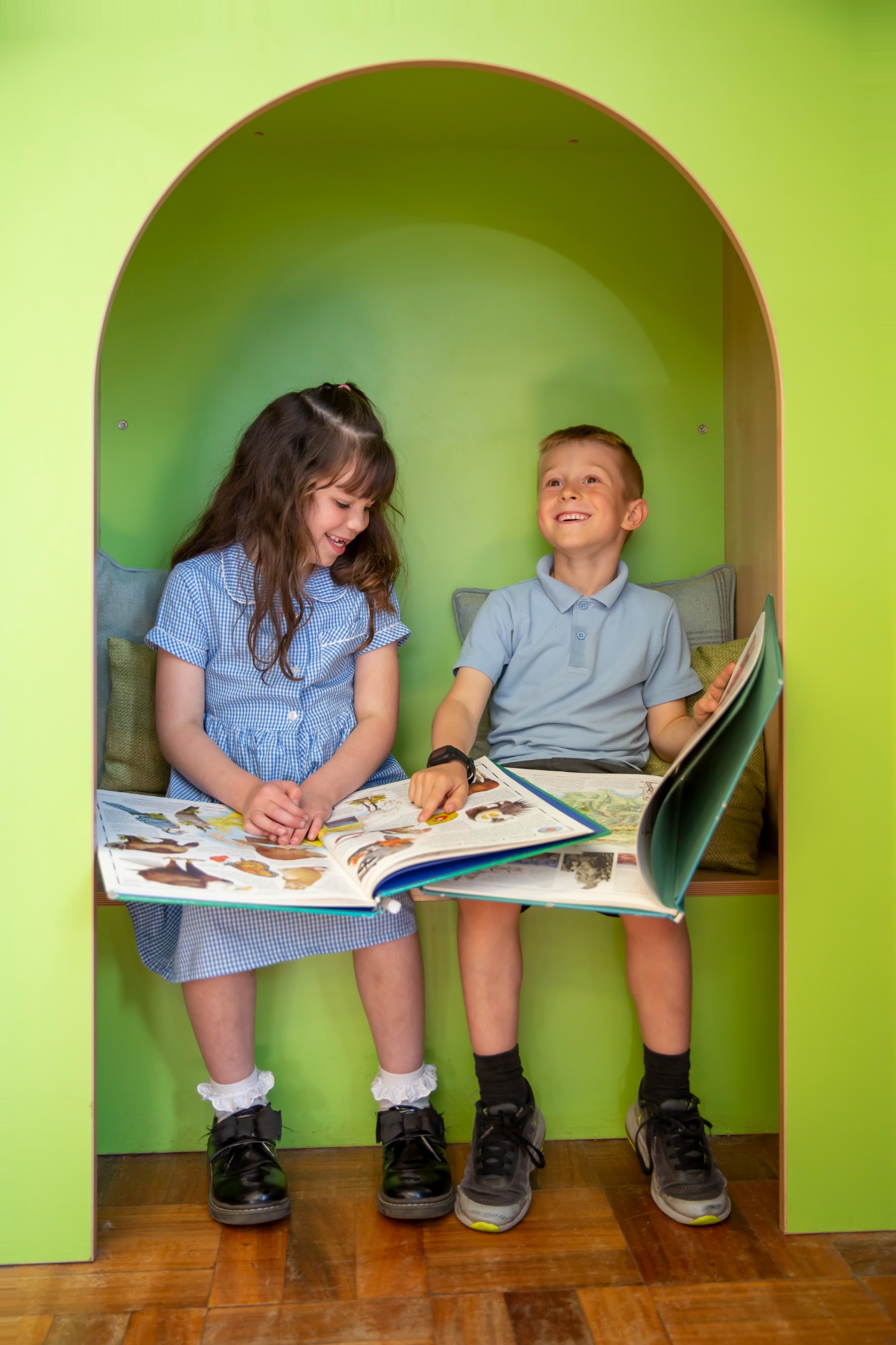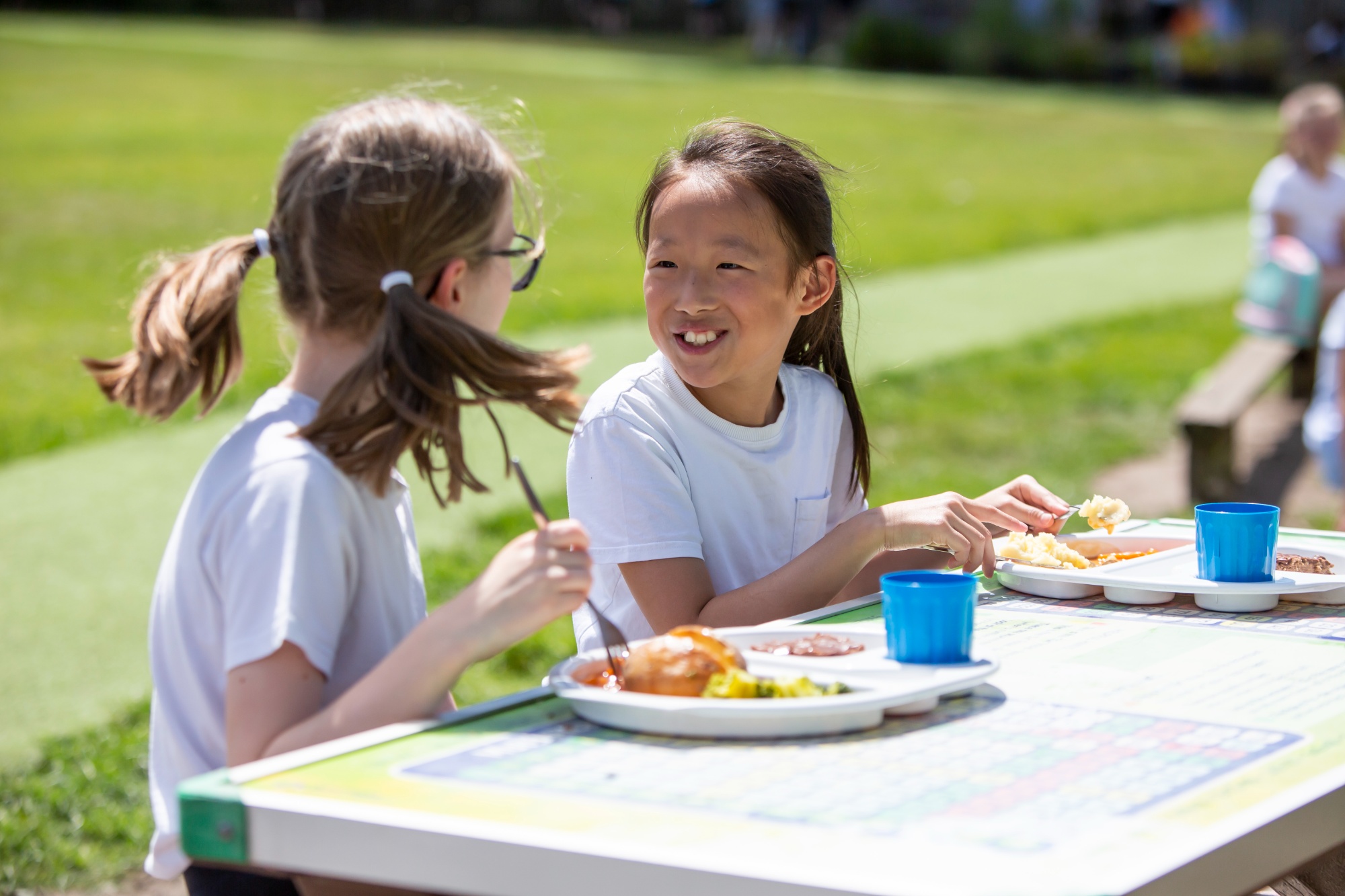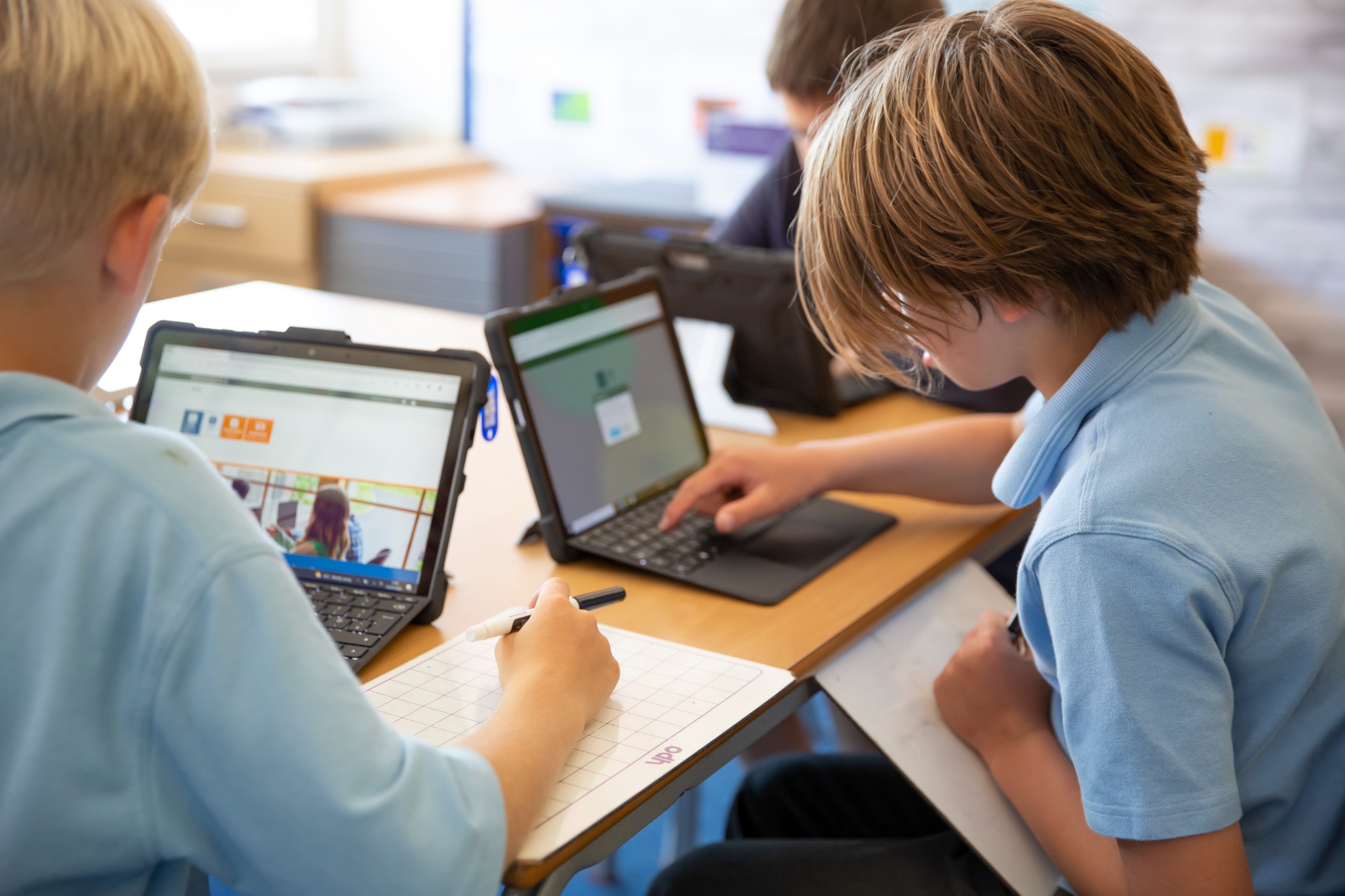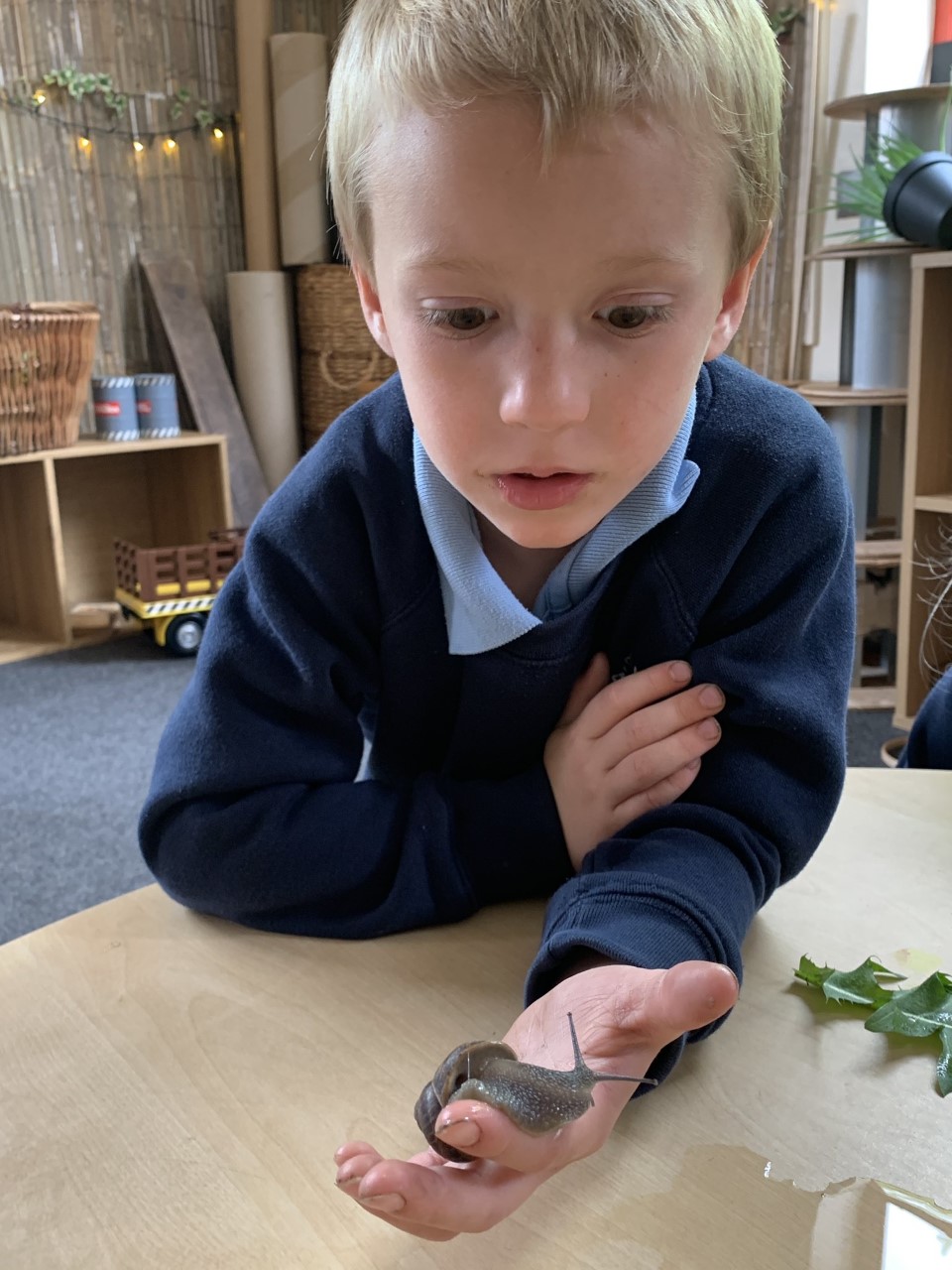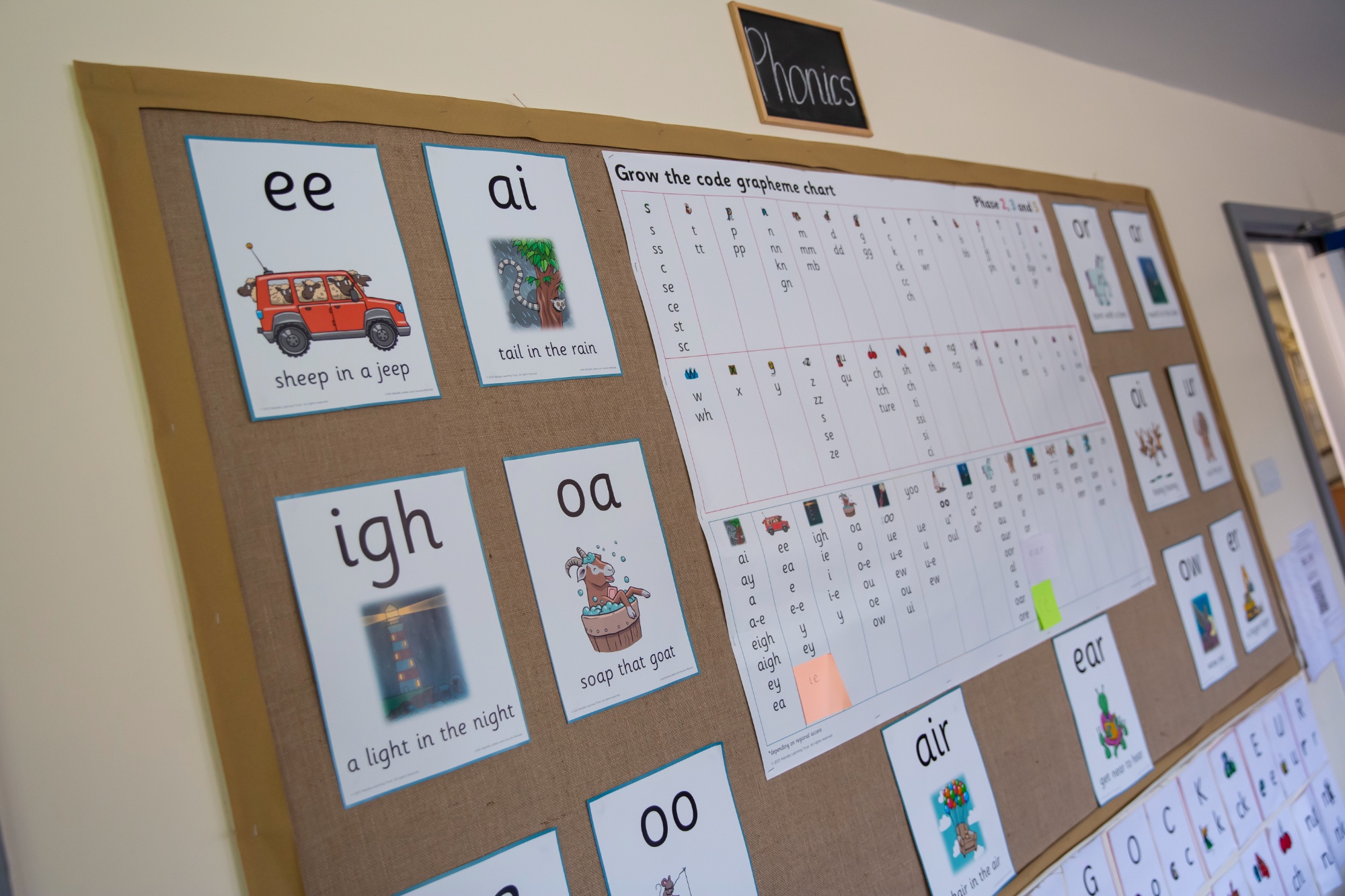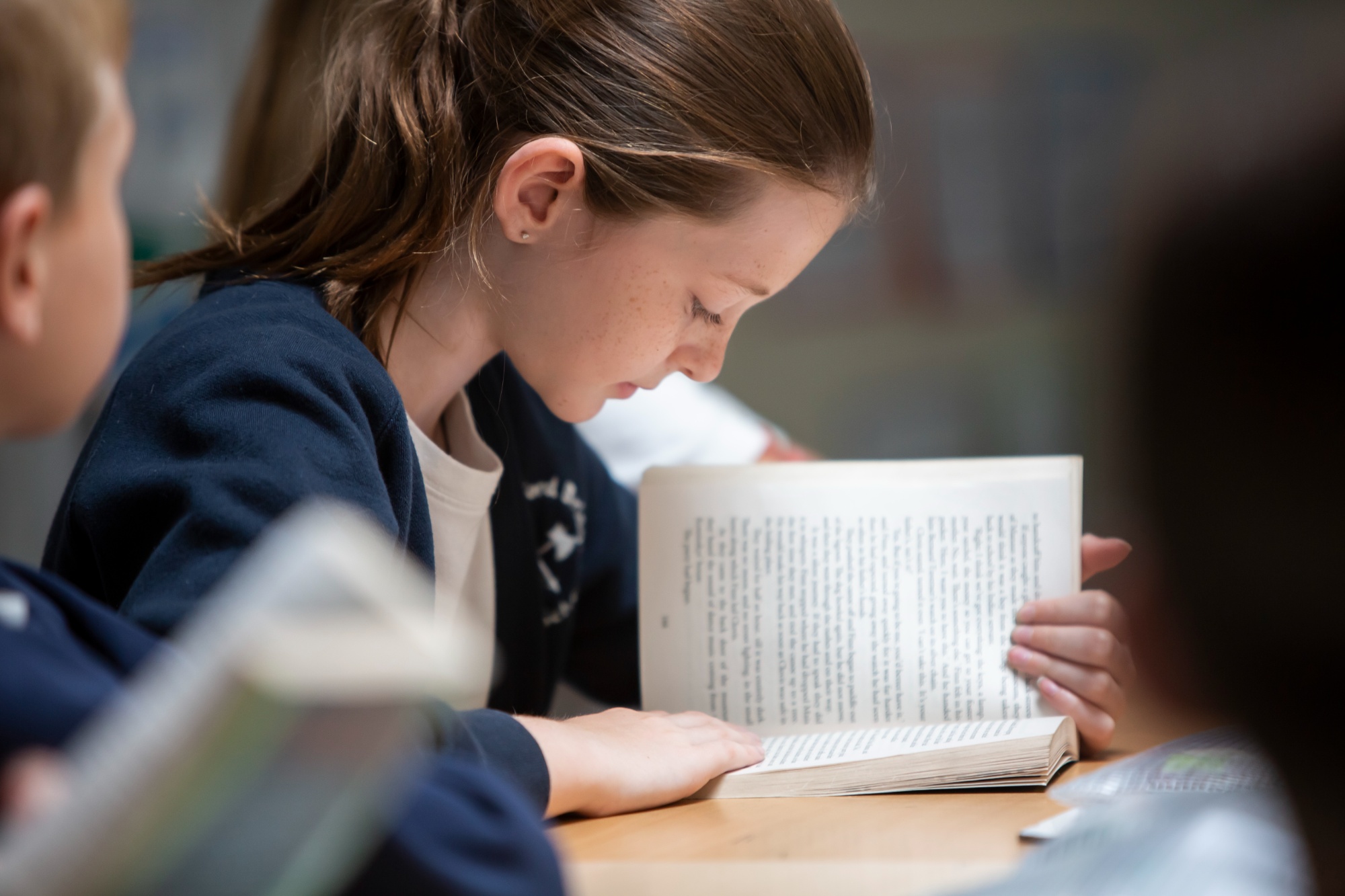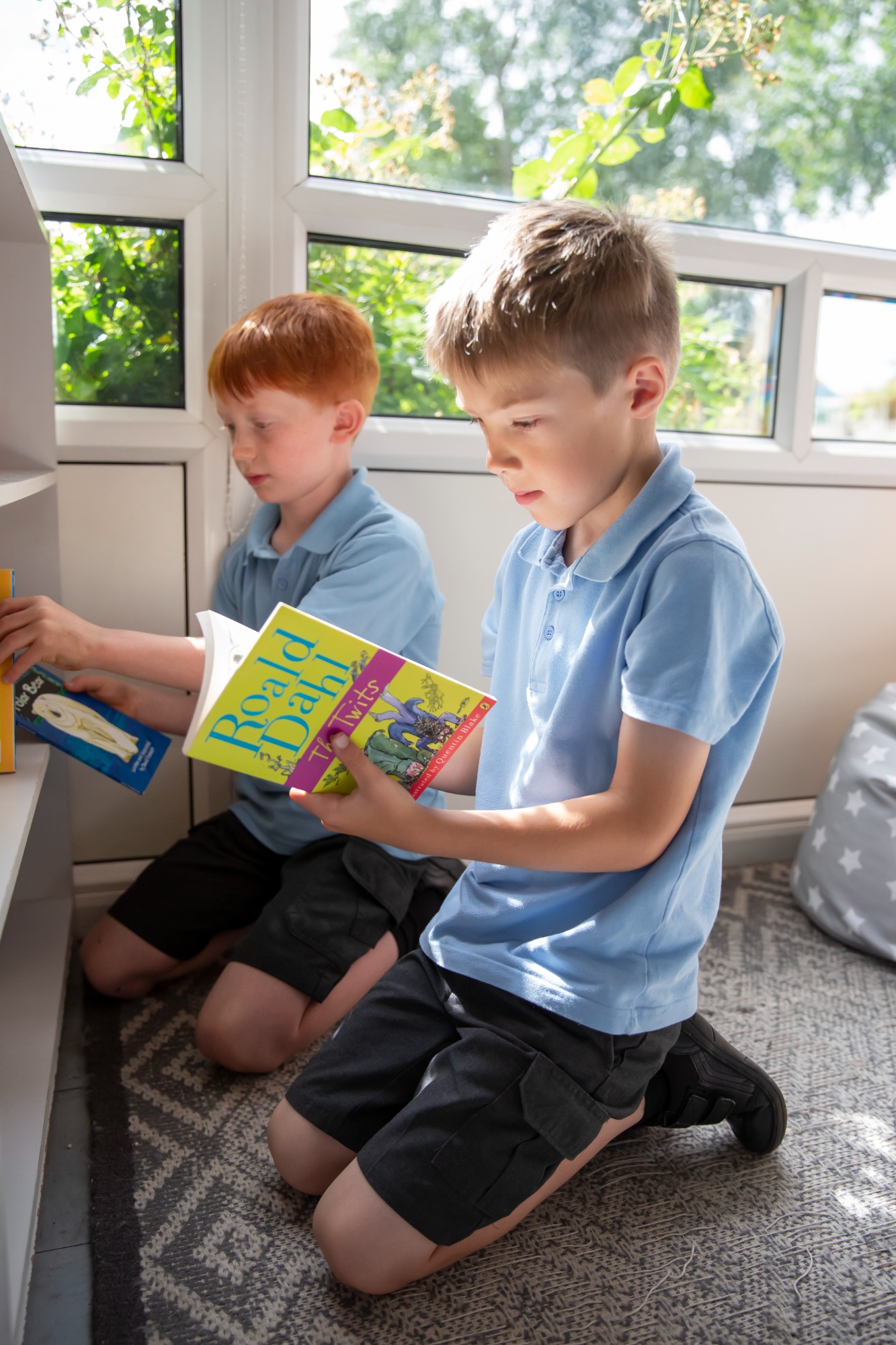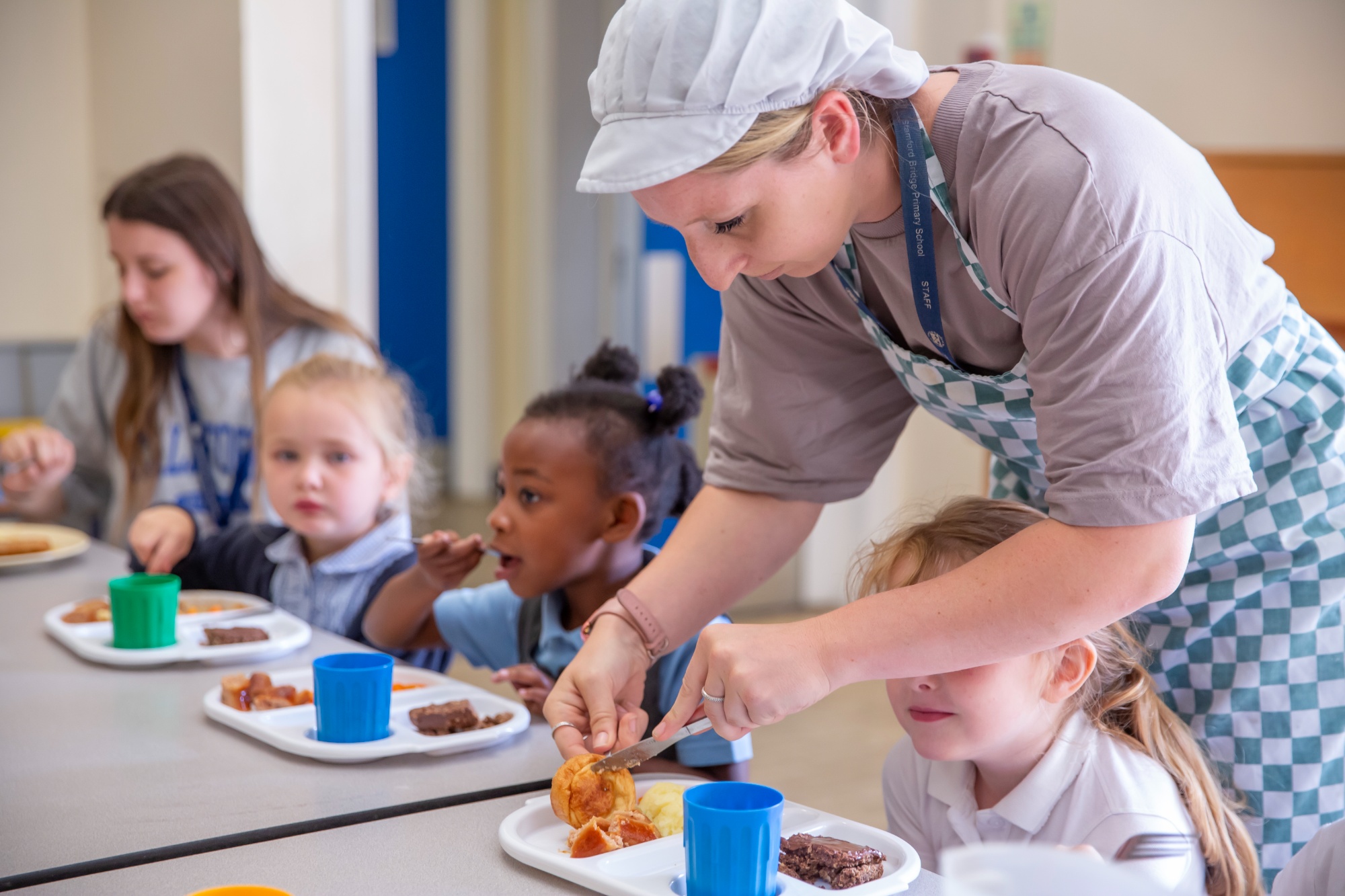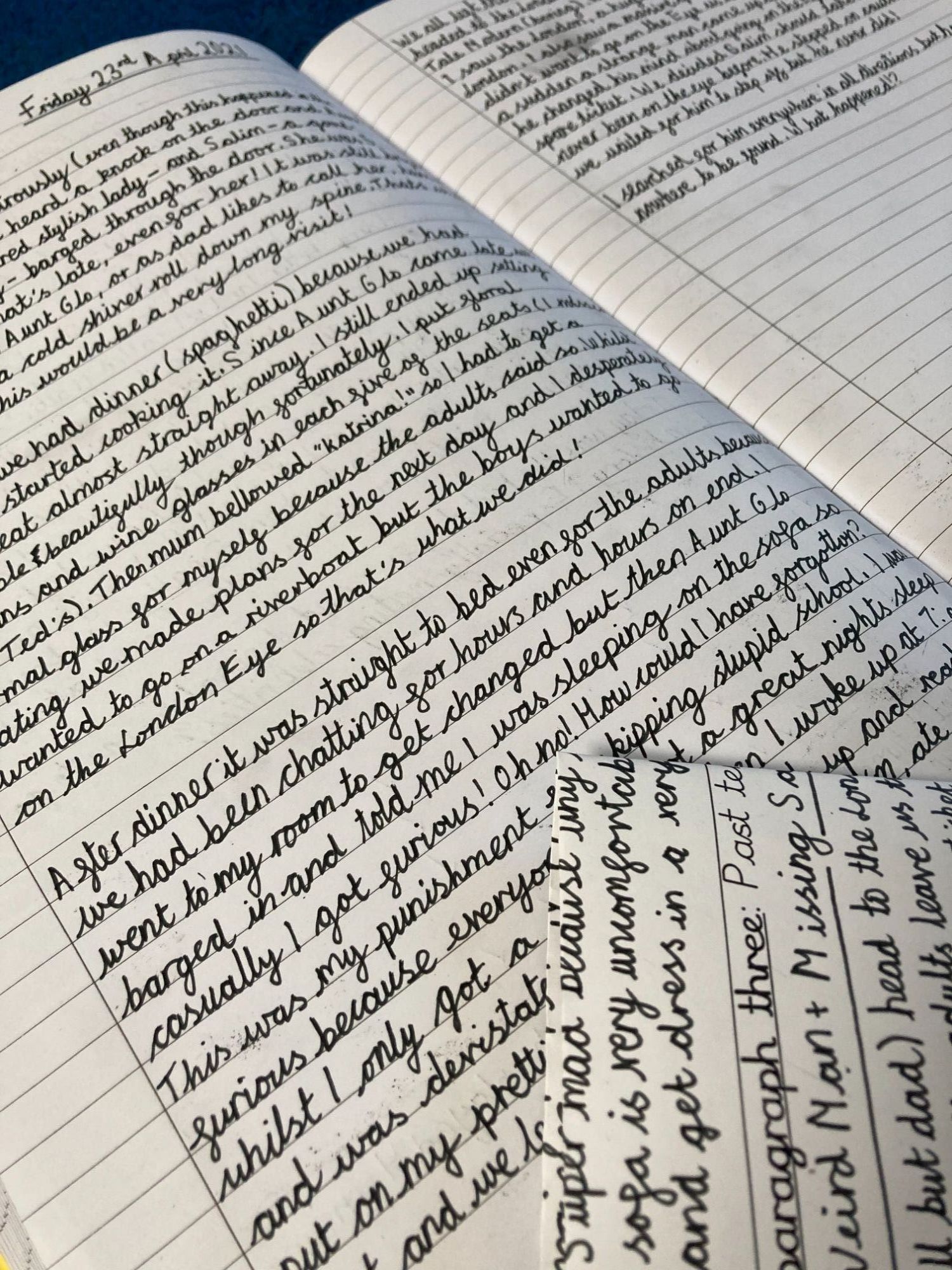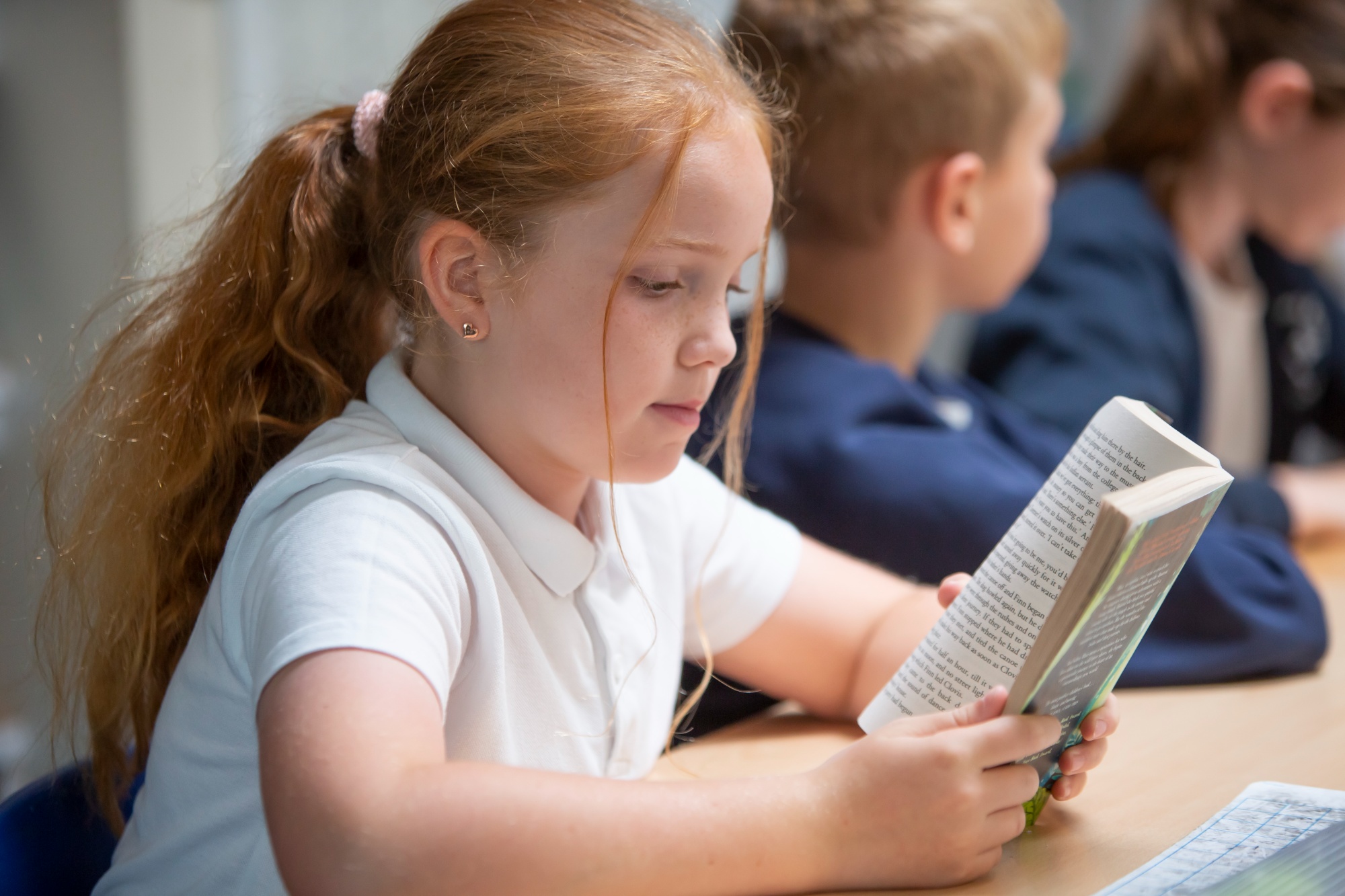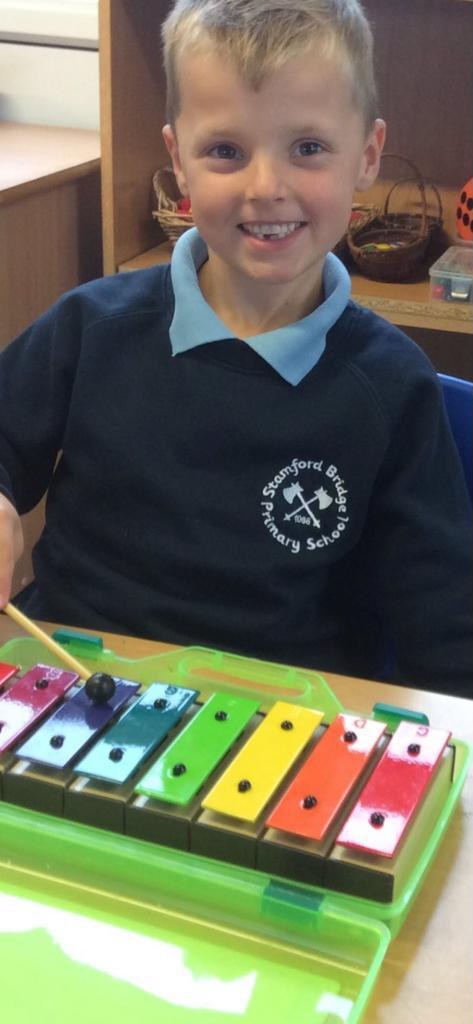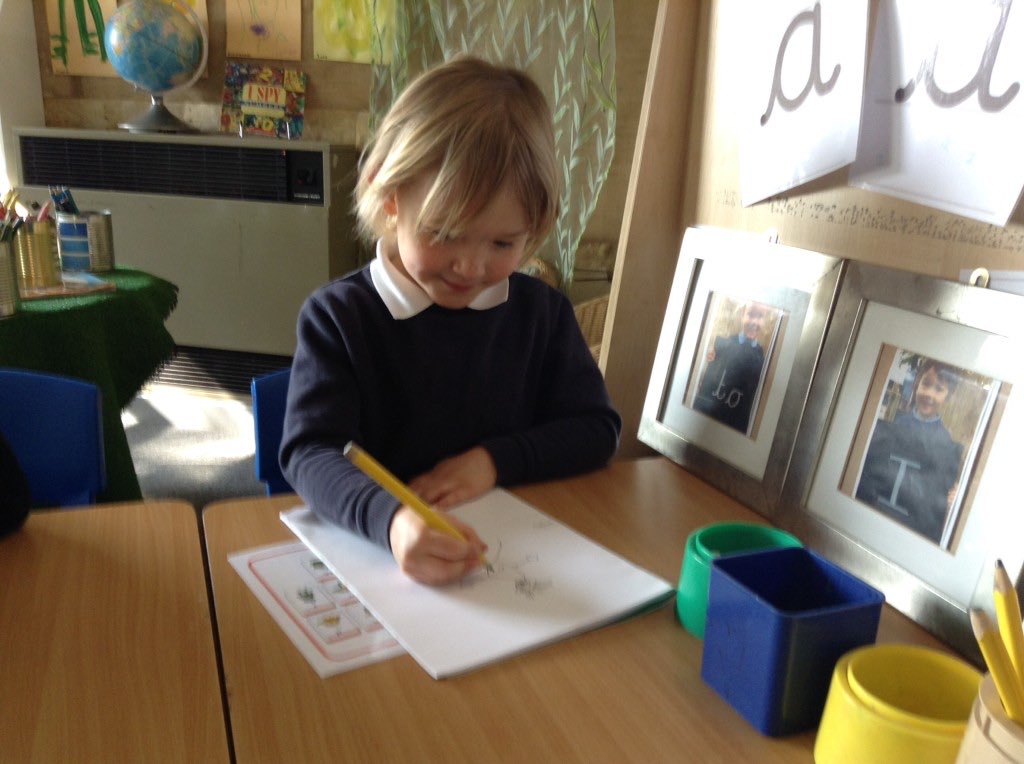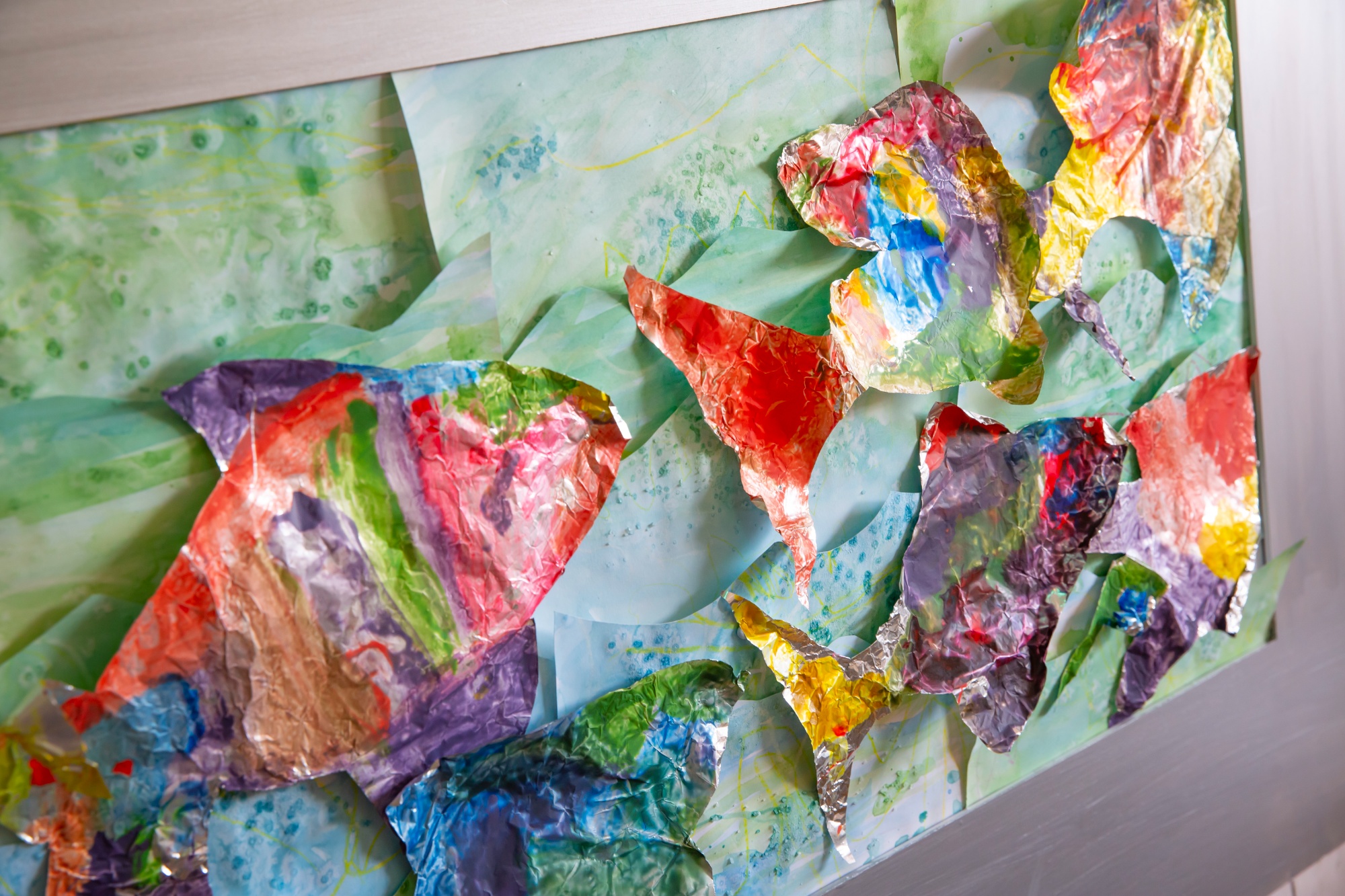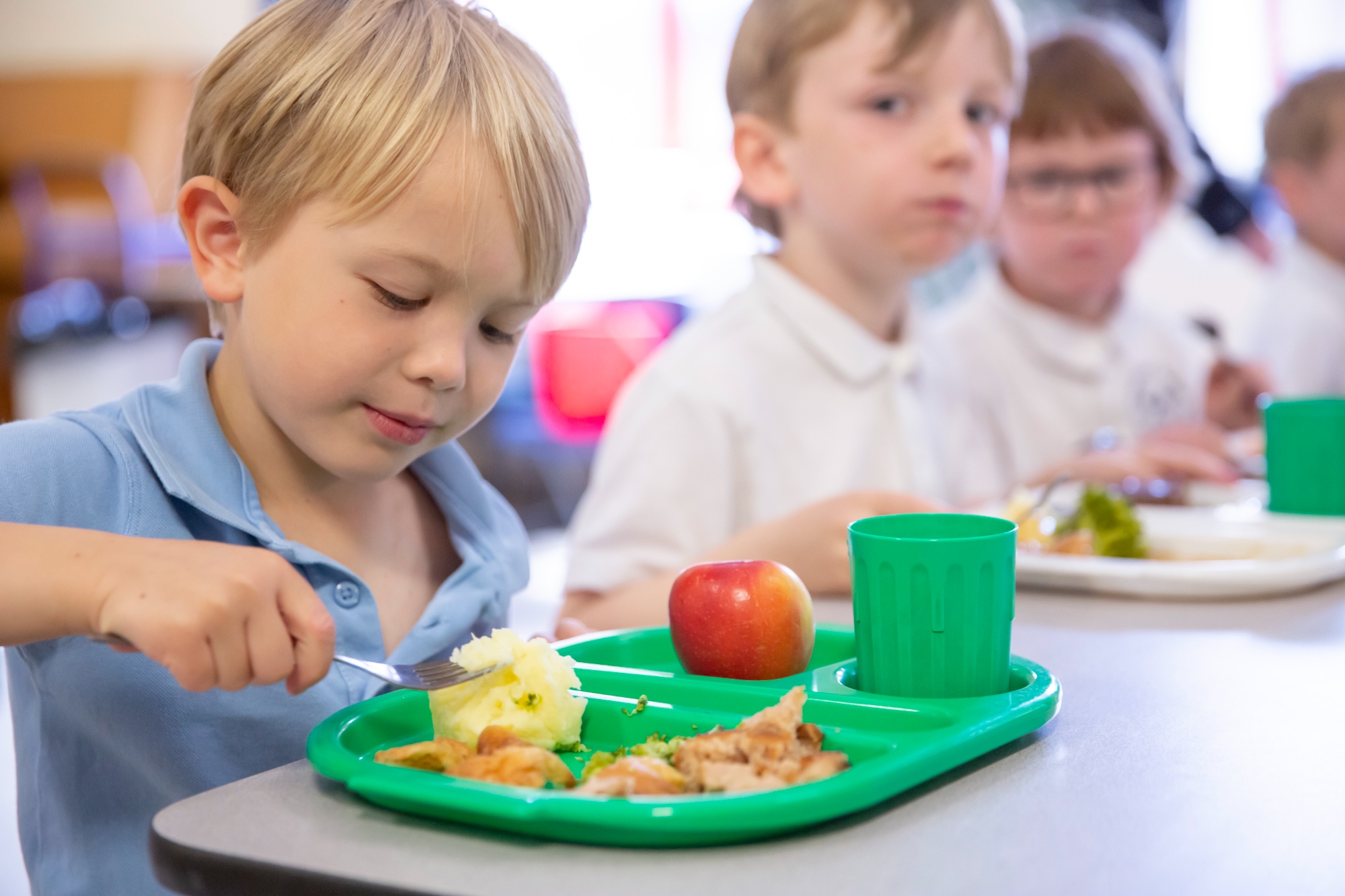Geography
“Geography is the study of Earth as the home of people.”
- Yi-Fin Tuan
Subject Leader: Mrs B Bowes
Through our geography curriculum, we aim to develop and broaden children's understanding of the world, and to provoke and provide answers to questions about the world and their place within it. We believe that children should DO geography, not just listen to it.
Our vision:
Geography is part of the World disciplines at Wonder schools, which aim to develop and broaden pupils’ understanding of the world: its culture, faiths, land, people, language and history. Geography at Wonder schools aims to allow children to explore the wider world and explain why the subject matters to their lives now and in the future.
Our curriculum is driven by big geographical questions and knowledge is sequenced to allow pupils to make progress through concepts such as space, place, scale, interdependence, cultural diversity, and human as well as physical processes. We also wish to engender the idea of thinking, speaking and writing like a geographer; encouraging students to communicate findings and come to conclusions about the key questions they study. We wish to create students who are able to thrive in the 21st century because they understand both their own personal geographies and the powerful knowledge geography can teach them about how our world works.
|
Evaluative |
Geography has at its heart the skills that allow children to consider critically assumptions they hear about other places and people. It asks them to place knowledge in context and consider things from different perspectives and think carefully about views that they hear about other cultures, countries, and our climate. In doing so, we teach them to evaluate knowledge in its context. |
|
Responsible
|
A key aim of teaching and curriculum in geography is to give pupils an awareness of our changing world and the impact that our actions have. In doing so – through the teaching of consequences and inter-connectedness – we teach them to become responsible citizens.
|
|
Environmentally aware |
Environmental awareness refers to the responsibility they learn for the environment and their part in conservation. However, it also means that children have a strong sense of place and understanding of their immediate environment and the wider world. Consequently, this develops their long-term interest in world news and current affairs as they recognise how small and interconnected the world is. |
Our Curriculum:
At Wonder schools we organize History in cycles that pair Year 1 and 2, Year 3 and 4, and Year 5 and 6 together. This approach is designed to create a well-structured and cohesive educational journey for your children.
Work children carry out in geography is complemented by extensive links to other curriculum areas such as Science and History
Key Stage 1
Each cycle begins with an essential skills and knowledge unit before moving into a specific, topic-driven study focus. In Cycle A, children begin the year by learning about physical and human features, maps, the points of the compass, and positional and directional language. They also learn about the equator and hemispheres as well as continents and the United Kingdom. They will carry out basic fieldwork to explore local geography. Then, during the spring term of Cycle A, children begin a focused topic on cities and urban landscapes. This allows children to learn about the geography of urban environments and the physical and human characteristics of the United Kingdom.
Cross-curriculum Geography links in this cycle include learning about seasonal changes in science and learning about the history of their local area in history.
In Cycle B children also learn about maps and atlases and the compass points but begin with a closer focus on the four countries of the United Kingdom. They focus more closely on climate and learn about the hot, temperate and cold places of our world. In addition to fieldwork focusing on primary data, they will carry out a comparison of England and Somalia. The focus topic for Cycle B teaches children about coastal geography. This introduces them to the geography of coastal regions and offers opportunities for hands-on coastal fieldwork in the spring term.
Geography across the curriculum in this cycle includes the biomes and the environment through study of animal survival and adaptations in science. They will also learn about places such as London in Tudor England through History – and reuse their fieldwork skills in a DT project on materials and their use.
Lower Key Stage 2
As they move into Lower Key Stage 2, children once again begin their studies with essential skills and knowledge projects before moving into focus study topics.
In Cycle A they learn to locate countries and cities and use grid references, compass points and latitude and longitude, climate zones, and are introduced to tectonic plates. They learn about significant places in the United Kingdom and carry out fieldwork to learn about land usage. During the spring term children will then learn about volcanoes and tectonic plates as a focus study topic. They will explore the physical features and impact of earthquakes and volcanoes.
Children will also learn about rocks in their Science lessons in Cycle A and look at the origins of UK settlement in history through a focus on the stone and bronze ages.
In Cycle B children will also use compass points and grid references particularly with reference to the countries, climates and culture of North and South America. Children will also learn to identify physical features in the United Kingdom and learn about the National Rail and canal networks. They will conduct an enquiry to prove a hypothesis, gathering data from maps and surveys before drawing conclusions. This is complemented by a focus study in the spring term of Cycle B in which children undertake a detailed exploration of the physical attributes of mountains and rivers, encompassing opportunities for fieldwork.
Children will also learn renewable energy and sustainability in science as well as continue to look at settlements and land use in their study of Anglo Saxon Britain in history.
Upper Key Stage 2
The knowledge and sill projects in Upper Key Stage 2 develop further in complexity.
Cycle A begins with a skills and knowledge focus on Prime Meridian, Greenwich Mean Time (GMT), and worldwide time zones. They will revisit key place knowledge skills to study interconnected climate zones, vegetation belts and biomes. They will also study development of settlements and the links between them such as the UK motorway network. This will involve a related fieldwork project. In the spring term of Cycle A, children learn about agriculture and land use as a detailed study project.
Cycle B has a knowledge and skills project that revisits place knowledge, time zones and lines of latitude and longitude. This unit goes into further detail about map scales, grid references, contour lines and map symbols. They then move onto the topic of climate change ahead of the place focus on the arctic in the spring term. They will also carry out fieldwork to learn about local road safety. During the spring term of Cycle B, children explore the polar regions, conducting an in-depth analysis of the characteristics of these regions, including environmental issues.
Across Upper Key Stage 2 children will learn about historical civilizations and conflicts through their Geographical place and context, focusing on Greece, China, and Africa.
Why do we structure the curriculum in this way?
In geography pupils will encounter two types of knowledge:
Substantive knowledge, which is the content and information that is to be learned.
Disciplinary knowledge, which teaches children how to think like a geographer.
By ensuring each year has a clear focus on how geographers think and work as well as allowing children to put those skills to the test in a specific focus area, we try to ensure children are well equipped to explore and talk about the world around them. We also ensure practical methods they use to carry out fieldwork are developed over time, developing in complexity.
Our teaching:
We aim to bring places to life to inspire children to learn more about the exciting world around us. In addition to fieldwork, our schools have access to Virtual Reality technology to allow children to explore places across the globe.
In terms of content and coverage of our teaching, the national curriculum for geography categorises the knowledge your child will learn into four broad areas of learning.
Locational knowledge: ‘knowing where’s where.’ This is one of the main components of a traditional Geography education. In addition to helping children understand the shape and orientation of the world around them, it supports all other aspects of learning in geography.
At Wonder, locational knowledge is developed by taking pupils on a journey.
Place knowledge: Place refers to a specific location on the earth’s surface, or in the atmosphere, where a particular physical or human process took place. For some processes, the particular time it occurred is also relevant.
Environmental, physical and human geography. Knowing why a phenomenon occurs physically and the impacts it has on humans and the environment that it has are at the core of the discipline. Human and physical geography are therefore covered in a balanced and methodical way at Wonder schools. This allows them to:
- describe their own and others’ environments
- recognise the similarities and differences between contrasting environments
- understand important processes and changes in the world around them. These will include changes to the land, water, air, people, and wildlife
At Wonder, the human and physical aspects of Geography are sequenced carefully to allow them to appreciate the interplay between them. For example, most of the physical processes, and many human processes too, are driven by the atmospheric conditions (the weather). So, pupils first need to secure an understanding of components such as air pressure, the water cycle and longitude. With this knowledge, pupils have a strong basis to understand why certain biomes exist and also how they are changing. It also contributes towards pupils’ understanding of climate change and the effects, both physical and human, that are happening in different locations, such as changes to agricultural practices and rising sea levels.
Geographical skills and fieldwork. Geographical skills that allow pupils to collect, represent and interpret information is an important dimension of our curriculum. These experiences give pupils ‘a critical insight into the nature of geographical knowledge.
How can you help at home?
The East Riding and Yorkshire area in the United Kingdom offers a wealth of natural and cultural attractions that can inspire young geographers. Here are some free places to visit in the region that are not only educational but also enjoyable:
- Brimham Rocks: Located in the Nidderdale Area of Outstanding Natural Beauty, Brimham Rocks is a collection of unique rock formations that can intrigue young geologists and provide an opportunity for hands-on exploration.
- Flamborough Head: This stunning coastal area offers opportunities to learn about coastal geography, including erosion, rock formations, and wildlife. Kids can spot seabirds and explore the dramatic cliffs.
- Yorkshire Dales National Park: While some activities within the park may have fees, there are many free walking trails and areas to explore, allowing kids to appreciate the beauty of the Yorkshire Dales and learn about its landscapes.
- Humber Bridge: The Humber Bridge, one of the longest suspension bridges in the world, provides an excellent chance to discuss engineering marvels and the importance of bridges in geography and transportation.
- Hull Maritime Museum: While many museums charge admission, the Hull Maritime Museum offers free entry. It's a great place to learn about maritime history, navigation, and the significance of ports.
- Filey Brigg: This rocky peninsula along the coast of Filey is perfect for studying coastal geography. Children can learn about tidal zones, rock pools, and the formation of landforms.
- RSPB Bempton Cliffs: This reserve is a fantastic place for young birdwatchers and nature enthusiasts. Kids can spot seabirds and learn about their habitats and migrations.
- Beverley Westwood: This open space in Beverley is a great spot for a nature walk and discussions about local ecosystems and green spaces within urban areas.
- York City Walls: Walk along the historic city walls of York, which provide insights into urban geography, city planning, and the history of the city
The following books may also be of interest to budding geographers:
- "Maps" by Aleksandra Mizielińska and Daniel Mizieliński: This beautifully illustrated book takes children on a journey around the world through maps, exploring countries, cultures, and landmarks.
- "Follow That Map!: A First Book of Mapping Skills" by Scot Ritchie: This interactive book introduces young readers to the basics of maps and navigation, making geography fun and accessible.
- "There's a Map on My Lap!: All About Maps" by Tish Rabe: Part of the Cat in the Hat's Learning Library, this book uses Dr. Seuss's rhyming style to teach kids about maps and geography.
- "Geography from A to Z: A Picture Glossary" by Jack Knowlton: This book introduces geography concepts using a glossary format with engaging illustrations.
- "The 50 States: Explore the U.S.A. with 50 Fact-Filled Maps!" by Gabrielle Balkan: Kids can learn about the United States, its geography, history, and culture through maps and interesting facts.
- "Me on the Map" by Joan Sweeney: This book helps children understand their place in the world by starting with their room, their house, their street, and expanding to their country and beyond.
- "This Is How We Do It: One Day in the Lives of Seven Kids from around the World" by Matt Lamothe: This book explores the daily lives of children from different countries, offering insights into their cultures and environments.
- "A River" by Marc Martin: Through beautiful illustrations, this book follows a river from its source to the sea, teaching children about the importance of rivers in geography.
- "The Watcher" by Jeanette Winter: This picture book tells the story of Jane Goodall and her work with chimpanzees in Africa, introducing kids to the concept of wildlife and conservation.
- "National Geographic Kids Beginner's World Atlas": This atlas is tailored for young readers and provides a visual introduction to world geography with maps, photos, and fun facts.
- "How the World Works: A Hands-On Guide to Our Amazing Planet" by Christian Dorion: This interactive book includes pop-ups, pull tabs, and other hands-on elements to teach children about Earth's geography and natural phenomena.
- "What's Where in the World" by DK Publishing: This comprehensive atlas for kids includes maps, photographs, and facts about different countries and regions.
